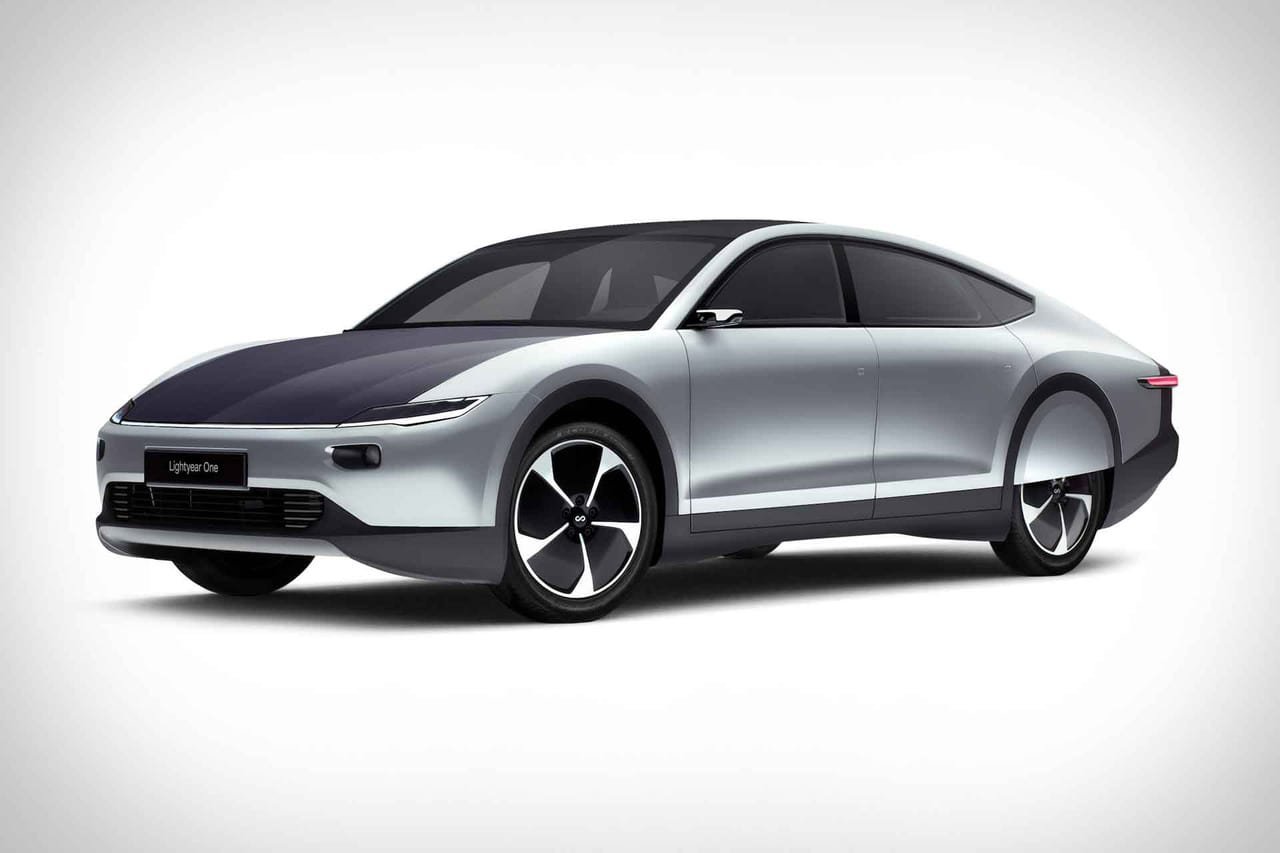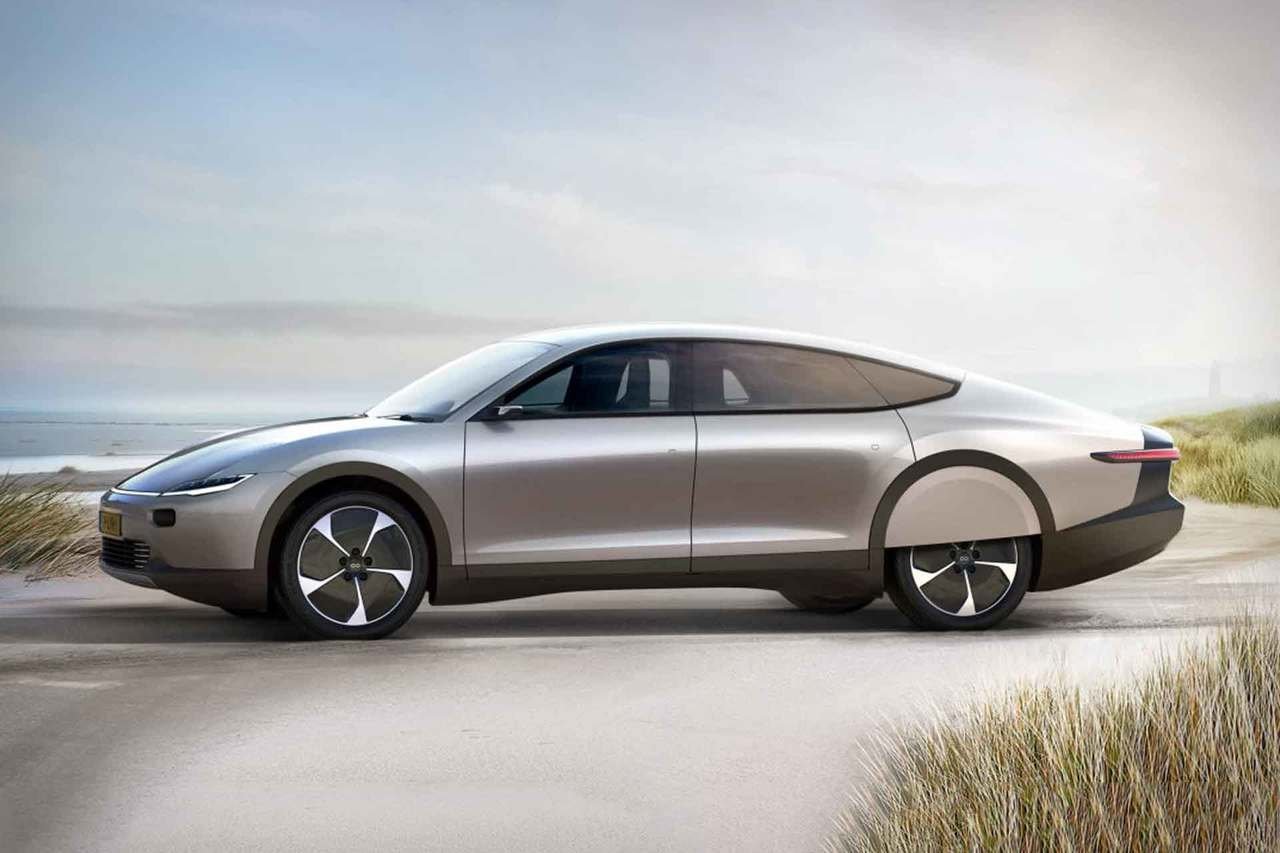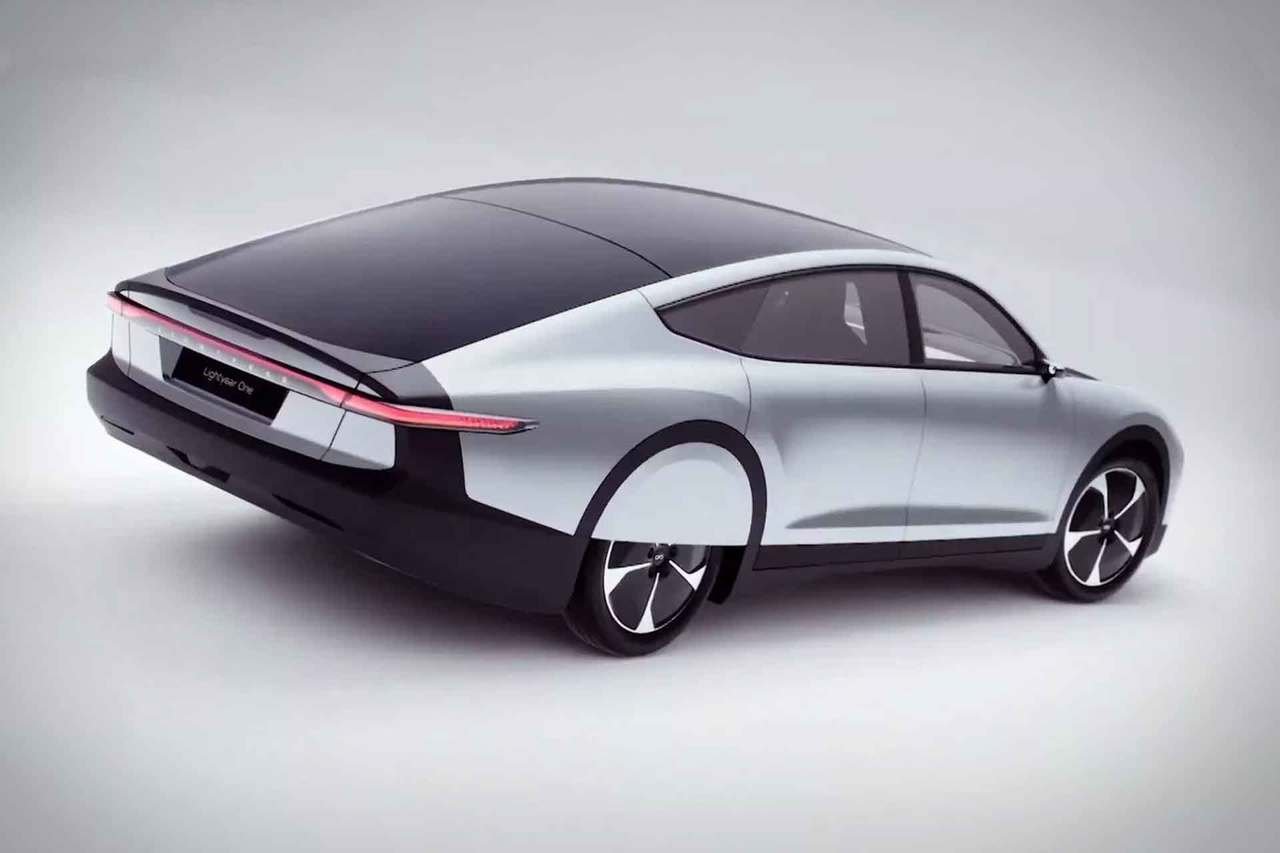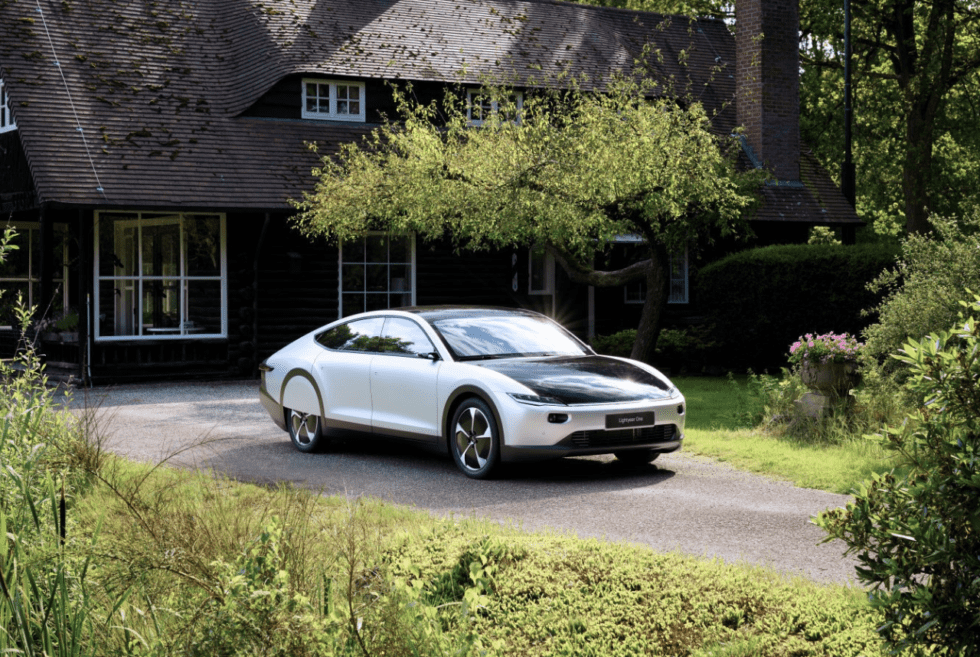The automotive industry is marketing electric vehicles as zero-emission alternatives to raise environmental awareness. However, depending on how your local power grid generates electricity, it might not meet the qualifications. In concept, these models are indeed emission-free, but the need to plug it in will make you think otherwise. If you want to cast all doubt aside, the Lightyear One is the all-electric machine that rightfully earns the aforementioned classification.
To be clear, the Lightyear One can still charge using the outlet or charging stations, it has an ace up its sleeve. A closer inspection reveals the innovative approach that the EV takes to keep its batteries juiced up. State-of-the-art solar cells are covering the roof as well as the hood. There are 16.5 feet of these soaking up the rays under a durable sheet of safety glass.
The company claims that it is robust enough to support a full-grown adult. Likewise, these are not your standard solar cells, because each panel works independently. Moreover, these reportedly generate 20 percent more energy than traditional models. Although it can in theory fully charge the batteries, it will take way longer than plugging it in.
The Lightyear One can manage about 450 miles on a full charge but will be longer when the solar cells do their job. We believe that solar charging is its biggest feature that other EVs will eventually adapt later on. Each of the in-wheel motors reduces energy loss and provides exceptional handling during your drive. Pre-orders are now available with 500 examples available for the first run and a 2021 delivery date.
Reserve yours here



Images courtesy of Lightyear







